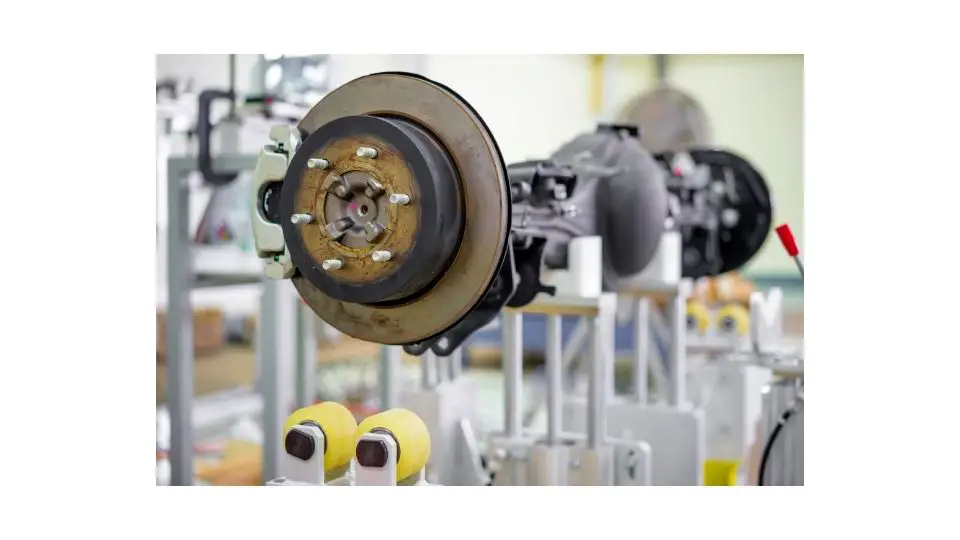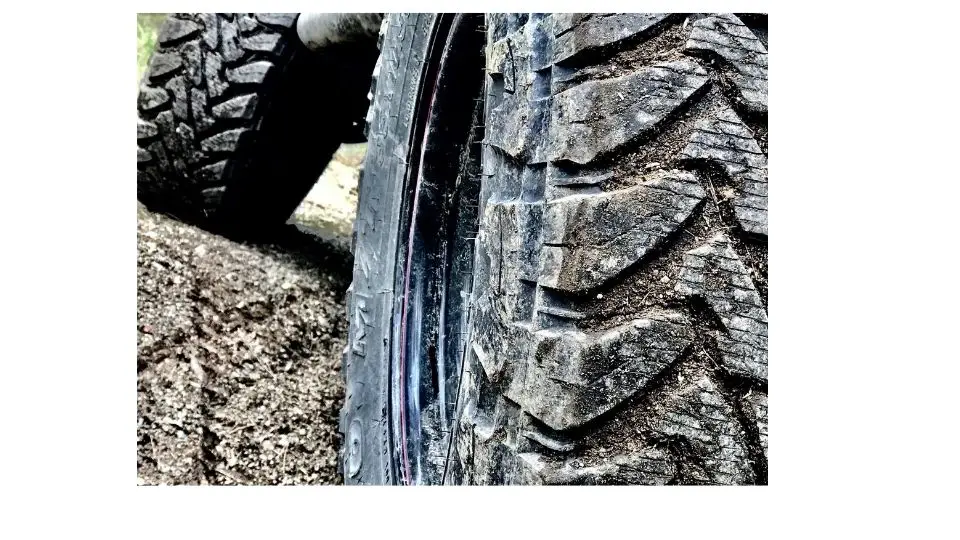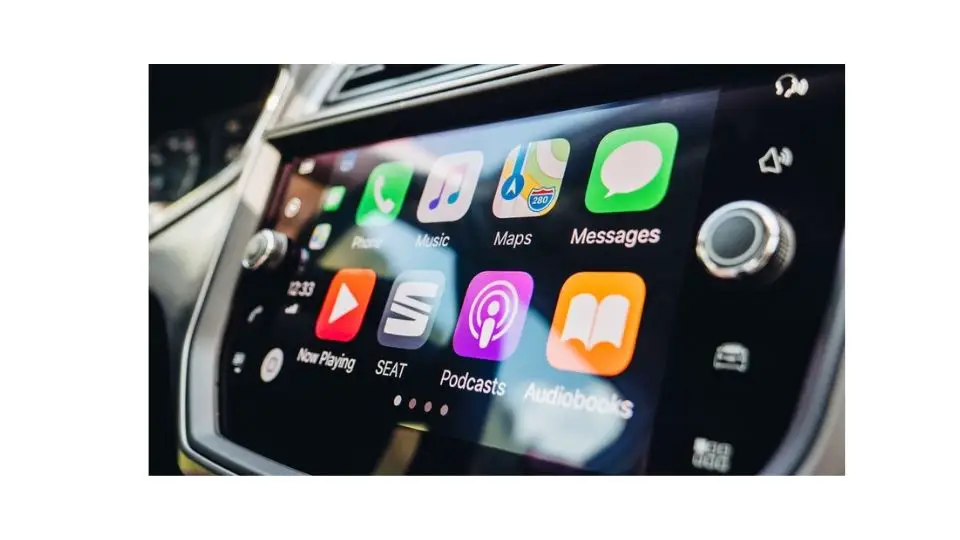Do you use 4H or 4L when driving your Jeep in the snow? In this article, we are going to be looking at when you are supposed to use the 2 different 4 wheel drive options, especially when driving through snow.
The Jeep is a great American automobile developed to conquer the most difficult and hostile conditions and terrain. Its roots as a front-line military-grade vehicle have not been lost even after it started serving the civilian market.
The brand has become synonymous with the ability to conquer any and every condition including snow. Which 4 wheel drive option do you use though when driving in snow? Well, that depends.
In short, When driving your vehicle in deep snow, you use the 4L option. If, on the other hand, you are driving through a road with light snow cover, 4H is the option to go with.
both options work well when you are driving through snow. The option you choose will depend on how much snow you are driving through. Let’s take a closer look into these options to give you a better understanding of when you should use either option.
When Should You Use 4H?
4H is the gear you chose when driving at normal driving speeds around 50Mph. It allows your Jeep to have good traction on roads with light snow cover at relatively high traveling speeds. This gear will give you peace of mind where 2 wheel drive vehicles would normally struggle.
It doesn’t mean that you throw caution to the wind though. 4 wheel drive capability gives you an edge in situations where you are moving forward or backward. It will be of no use when you are moving sideways. That means that you need to exercise extra caution when turning.
4 wheel drive capability will not help you if you hit a corner too fast on a slippery road. You are able to change into and out of 4H on the fly as long as you are going less than 50Mph.
When Should You Use 4L?
4L is for those really tough conditions. Under normal weather conditions, you would use this gear for crawling through rocky terrain, mud, and when water fording. This option is also ideal for deep snow.
4L allows you to navigate difficult conditions with relative ease. Unlike with 4H, you cannot change to 4L at high speeds. You need to slow down to an almost complete stop at around 1Mph to change to it.
Precautions to take When Using 4H and 4L in Snow
Driving in snow is always going to be a challenging affair even in the best of conditions. You will need to take extra precautions even when driving in these conditions in your Jeep. Here are some things you need to be mindful of:
Do Not Over speed
Having 4 wheel drive will give you great traction on snowy roads. It’s easy to get comfortable and start speeding. Be mindful of the fact that your braking distance increases on snow-covered roads.
Unless you are on the highway, there are other drivers on the road who may not have the added benefit of a 4 wheel drive vehicle.
They may take an action that may put you in danger and traveling at high speed may not give you the needed time to take evasive action.
It’s worth repeating that 4 wheel drive traction only benefits you when you are moving back and forth. An emergency situation may cause you t swerve in an attempt t avoid something and before you know it, your Jeep is sliding sideways uncontrollably.
Slow Down at Corners
You will need to slow down more than usual when you are negotiating corners. I’ve already mentioned it twice already in this article but will mention it again so it sticks. 4 wheel drive traction will do you little good when your Jeep is moving sideways.
Change Over at the Right Speeds
Lastly, when you change over from 4H and 4L, you need to make sure that you do it at the right speeds. When changing into 4L, you need to bring your Jeep almost to a complete stop. The recommended speed is around 1MP or a complete stop then switch over. If you are changing over to 4H, however, you can do it on the fly as long as you are moving under 50Mph.
How to Drive a Jeep with a 4WD
How to Drive a Car with 4WD in the Snow? If you live in some of the more snow-laden areas and are considering buying a 4WD car, you might be interested to learn more about how to drive a car with 4WD in the snow. Here’s a quick primer on this topic:
four wheel driving is great for situations where ice or snow are prevalent because it allows drivers to maintain their momentum and drive over difficult terrain without sliding out. But what if you’re not sure how to drive a car with four-wheel drive in snowy conditions? Read on for some tips.
The Basics of How to Drive a Car with 4WD in the Snow 4WD cars divide power between the front and rear wheels, which is a good thing when you’re driving on slippery surfaces like an icy parking lot or snow-covered road. But that’s only part of the picture. The real benefit comes from knowing how to drive a car with four-wheel drive on snow-covered roads.
The key is to get traction between the front and rear tires. This can be done in two ways: first, by putting 4WD into “Snow mode” and letting the car’s computer do whatever it takes to get traction; or second, by getting a set of solid snow tires with an aggressive tread pattern designed specifically for snow conditions. Ensure that you drive moderately and avoid attempting sudden stops or lane changes. 4WD cars are meant to be used slowly in the snow.
Other Drive Modes Available
- 2H
- 4WD Low
- 4WD High
- 2WD
- Auto
- 4L
- 4H
- 4WD Auto
Final Thoughts on 4H or 4L For Snow
Snow is a challenge and even in the best of conditions, it’s always a trial for any vehicle. You need to figure out which gear works best for you based on your driving needs. 4 wheel drive is definitely an advantage but you need to know the right gears to use and I hope this article shed a light.





